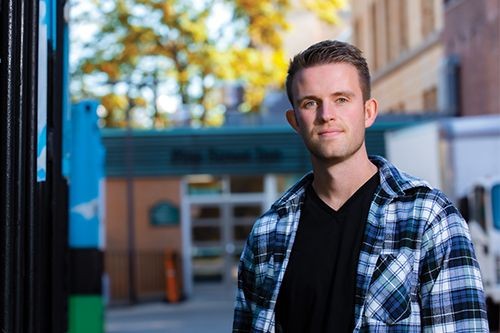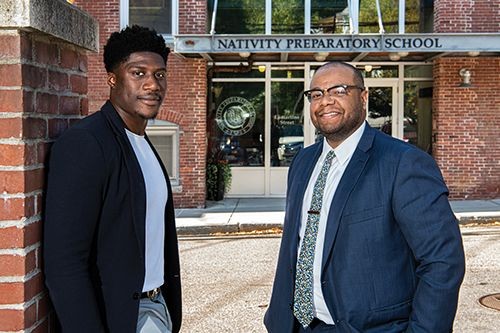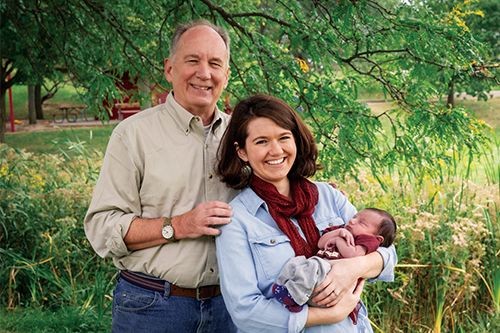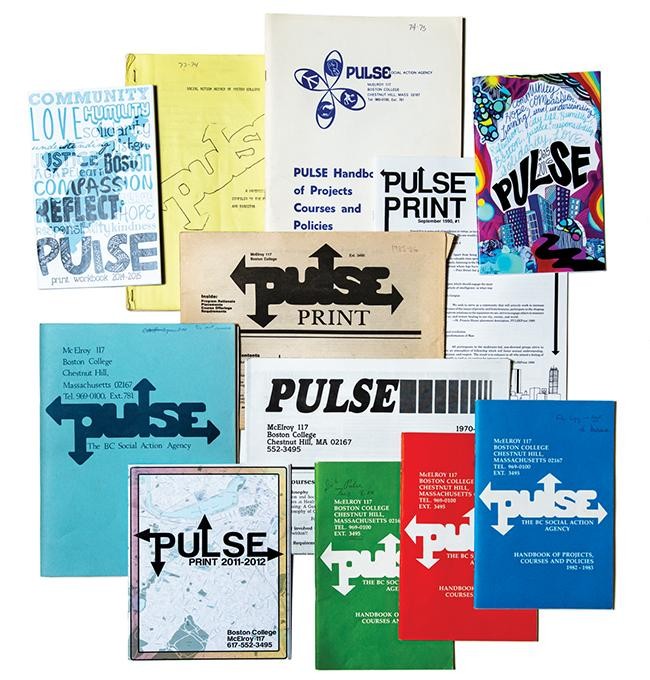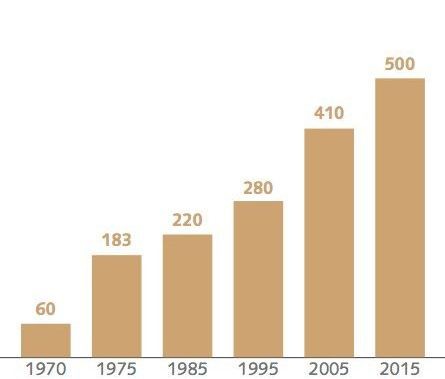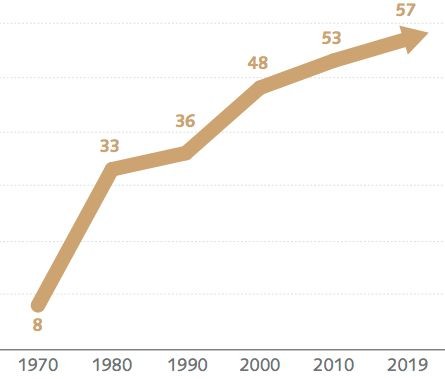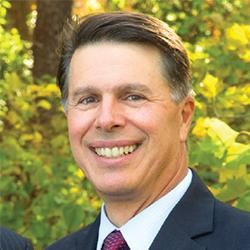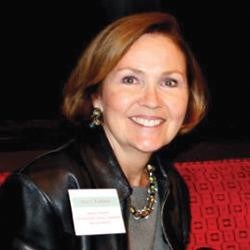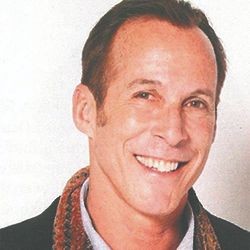It all started with a phone call in 1969. Joe Fitzpatrick, president of the student government, had an idea for his friend Pat Byrne, who’d just graduated. “He called me up and said he’d like to hire me as a consultant to plan an internship program where students work in the community and get academic credit for it,” Byrne recalled. “I didn’t have any idea about what the program would actually be. We kind of made it up as we went along.”
What it’s become, of course, is the PULSE Program for Service Learning, in which students earn academic credit for a program that combines volunteer work at Boston community service organizations with the study of the great works of theology and philosophy. “They learn from people who are engaged with deep personal commitments to human service in community service agencies, and also from a philosophical, theological reflection on the themes of justice, injustice, suffering, hope, freedom, and acting ethically,” said Byrne, a professor of philosophy who was PULSE’s first director and who has taught in the program since 1975. “The readings and service work reinforce each other.”
Video by John Walsh | University Communications
Fifty years after its founding, PULSE is one of BC’s most popular, innovative, and influential programs. Nearly 18,000 students have participated, with the numbers growing each year. Today, more than 500 students volunteer as part of PULSE each semester. “For a half-century, PULSE program students and faculty have built a remarkable legacy while giving new life to Boston College’s distinctive mission,” said Provost David Quigley. “I’ve long been impressed by our alumni’s deep affection for the program and appreciation for the profound difference that a year (or more) in PULSE made in their lives.”
You’ll meet such alumni in the stories ahead, people for whom the PULSE experience continues to resonate many, many years past graduation. Some have children who’ve followed them through the program. Others continue to nurture relationships formed during their community service. Still others have seen their career plans changed by their time in PULSE.
“It’s a remarkable program that has had a deep and far-reaching impact on those involved with it,” said Meghan T. Sweeney, who was named the Cooney Family Director of PULSE in 2014. “It forms students as human beings who care about social justice issues and care for individuals who suffer because of poverty, addiction, and oppression.”
For his part, Byrne said he’s “astonished at what PULSE has become. I pushed this small canoe out into the stream and it’s come back a great ship. It’s the unexpected result of the work of an unexpectedly large group of people. And I am in awe of that.”




%201070%20sq.jpg)
